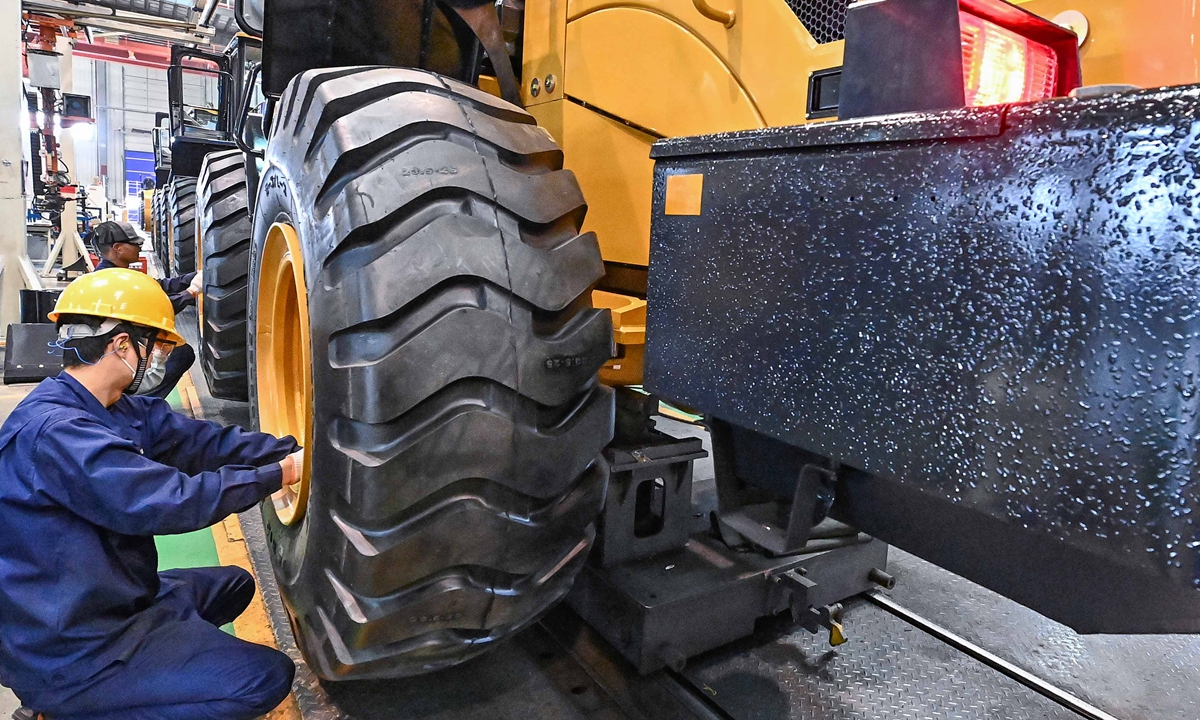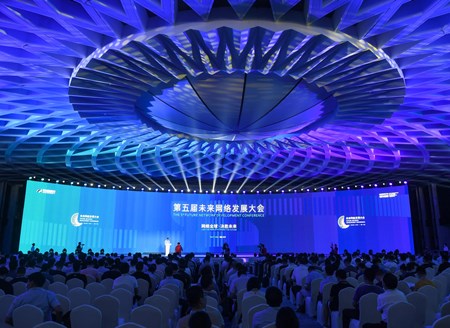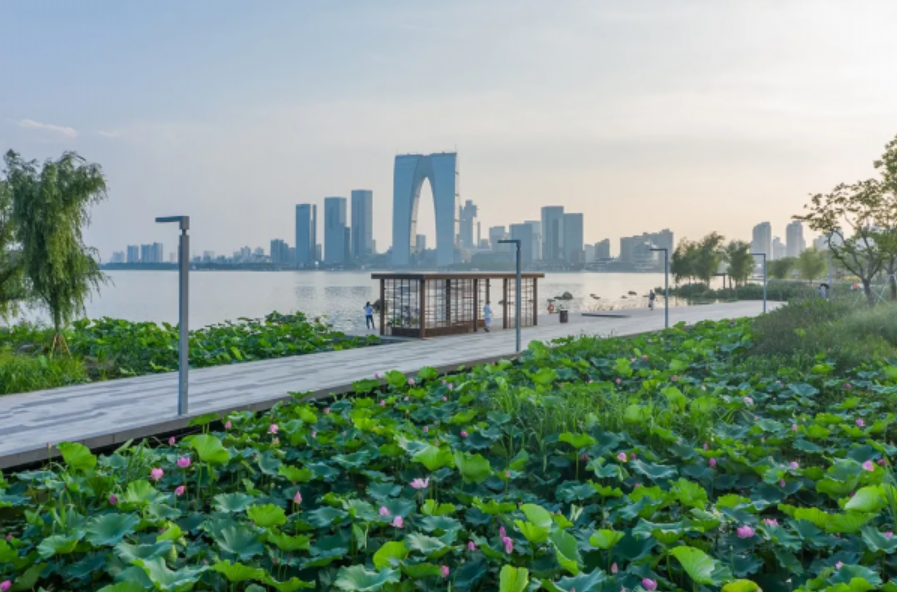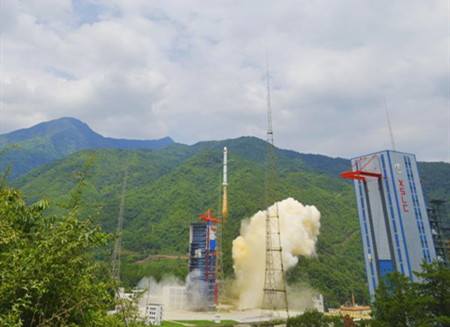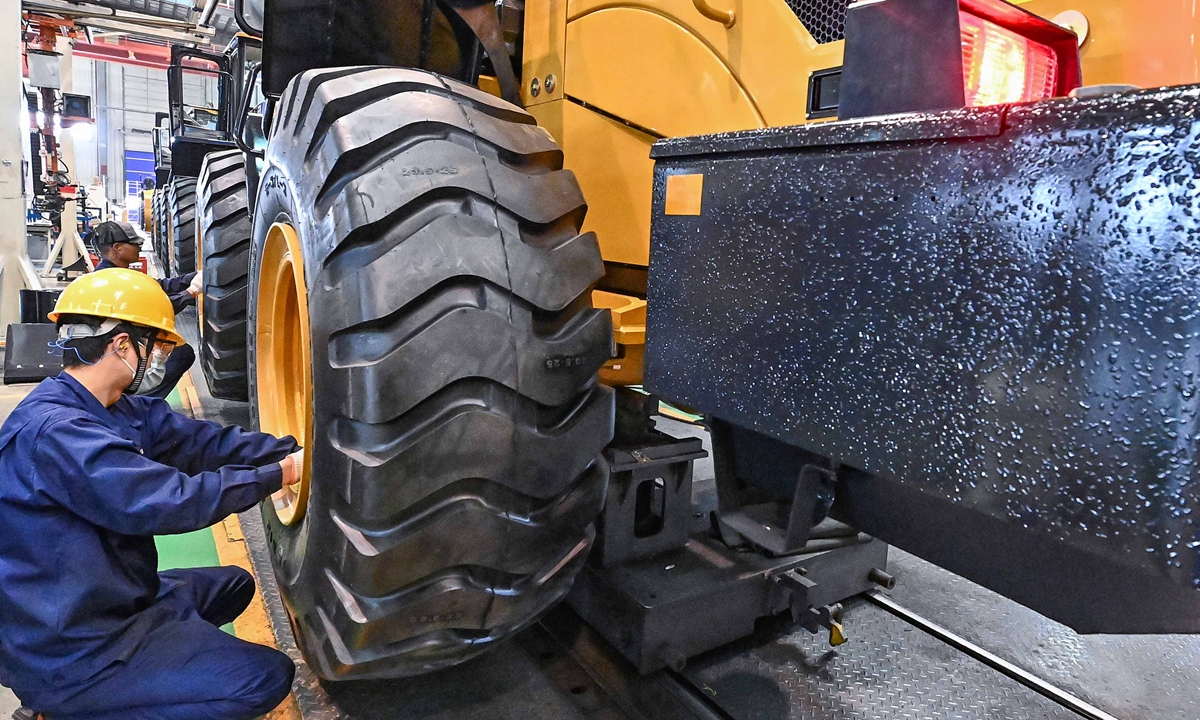
A worker is seen at an equipment manufacturing company in Qingzhou City, East China's Shandong Province. Photo: cnsphoto
China's economic growth slowed down in July, with several key indicators, including retail sales and industrial production, falling short of market expectations, underscoring the multiple constraints the economy faces - ranging from the sudden Delta variant outbreak and floods, to a spike in bulk commodity prices and flattening overseas demand.
Following the weaker-than-expected data, the State Council, China's cabinet, also called for an effective response to new challenges as well as counter-cyclical measures to keep economic operations within a reasonable range.
An executive meeting of the State Council noted that since the second half of July, the country has been confronted with extreme weather-induced floods and COVID-19 flare-ups across many provinces, compounded by volatility in major commodity prices and a complicated international economic context.
While the fallout of clustered coronavirus infections is likely to continue to weigh on the August economic performance, the second half of 2021 will see China's economic recovery momentum continue to pick up, analysts said, but in a shift from "swift comeback" to "modest rebound." For the full year, China remains firmly on track to achieve an over 8 percent growth, well above the official target of above 6 percent.
In July, retail sales grew 8.5 percent year-on-year to 3.49 trillion yuan ($539.05 billion), the National Bureau of Statistics (NBS) said on Monday. That compared with a 12.1-percent surge in June.
Fixed-asset investment rose 10.3 percent year-on-year in the first seven months to 30.25 trillion yuan, slightly down from 12.6 percent recorded in the January-June period. Industrial output posted a 6.4-percent gain year-on-year in July, fading from the 8.3-percent rally in June.
NBS spokesperson Fu Linghui said at a press briefing on Monday that China's economy sustained its steady recovery momentum in July and major economic readings remained within a reasonable range.
But "given the increasingly complex and severe external environment, and the combined impact of the sporadic local outbreaks of COVID-19 and natural disasters on the economies of some regions, the recovery is still unstable and uneven," Fu said.
He predicted that after high-speed growth in the beginning of the year, China's GDP growth will gradually slow down throughout the year.
"There was an obvious moderation of growth in July due to the larger base last year and easing marginal effect of main economic drivers, which show that China's economy is transiting from a rapid stage of recovery to a more modest rebound," Hu Qimu, chief research fellow at the Sinosteel Economic Research Institute, told the Global Times on Monday.
But Hu stressed that June and August are traditionally the off-seasons for consumption and infrastructure projects, so the "conspicuous modest fall" of major economic gauges was also within expectations.
Tian Yun, former vice director of the Beijing Economic Operation Association, noted that following the virus flare-ups in mid-July, strict measures to control the movements of people also hit China's consumption and domestic demand, inhibiting holiday travel, entertainment and other spending.
"We expected an accelerated consumption peak in the second half, but the outbreak could delay its arrival, and that means that third-quarter growth will rely more on infrastructure, high-tech investment and manufacturing," Tian told the Global Times on Monday.
Investment in high-tech industries is seeing signs of a ramped-up recovery. In July, the reading jumped 20.7 percent year-on-year, almost doubling the growth rate of fixed-asset investment.
In particular, investment in high-tech manufacturing and high-tech services rose 27.1 percent and 8.8 percent, respectively.
Analysts attributed weakening manufacturing activity in July to soaring bulk commodity prices and softening overseas demand, but they noted that the situation is expected to improve in the following months.
Among the setbacks, the impact of the coronavirus and extreme weather conditions would be clearer in August, according to some economists. But they also stressed that disruptions due to anti-epidemic measures are short-term in nature and "a necessary sacrifice" to consolidate China's hard-won economic achievements in the first half of the year.
Building on this, China will be able to continue its recovery in the second half and lead global growth.
In the first half of the year, China's GDP expanded at an impressive 12.7 percent, according to data released by the NBS.
According to Fu, China's consumption will warm up in the rest of the year with the rise of disposable incomes. Chinese consumers are expected to release their pent-up demand in the fourth quarter, after the clouds of coronavirus are swept away, analysts pointed out.
Going forward, investment will also speed up, and construction of major infrastructure projects under the country's 14th Five-year Plan (2021-25) will also begin one after another, giving the economy a leg up, Fu said.
Tian predicted that third-quarter GDP growth will be about 5.9 percent if the central government does not adjust its policy tone, and the full-year GDP growth rate could hover around 8.3-8.4 percent.
"We expect a more active fiscal policy soon, no later than the end of the third quarter. Policy tools may include a further reserve requirement ratio cut to shore up domestic demand and boost production," Tian said.
